Never miss an offer or update. You can unsubscribe at any time.
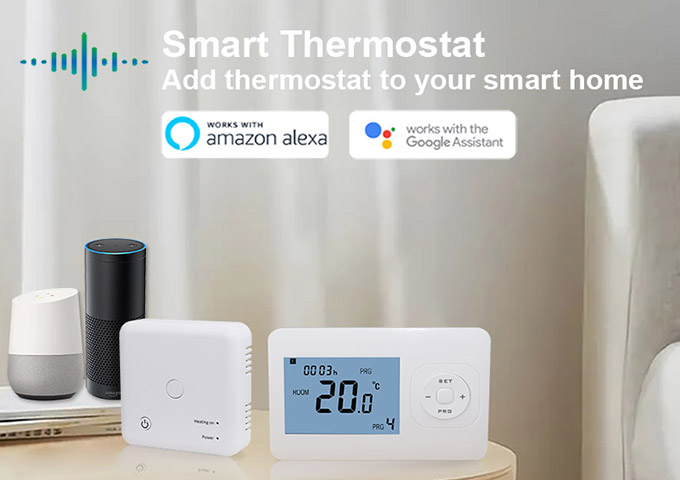 Take you to indeed understand the room thermostat
Take you to indeed understand the room thermostat
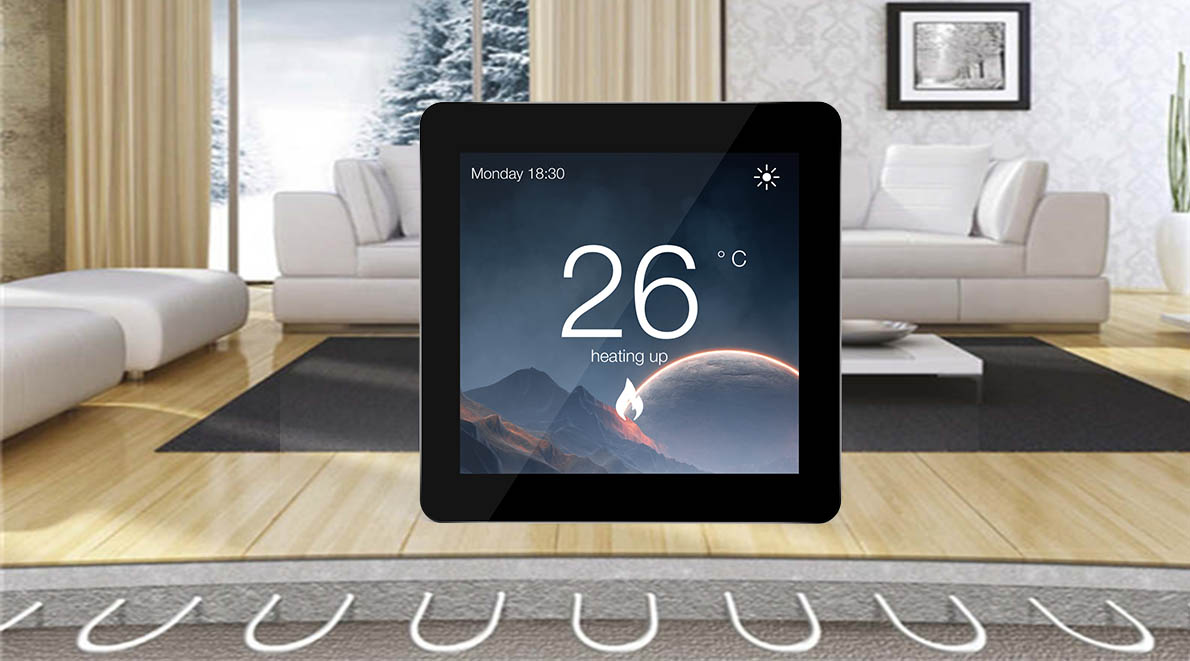 Basic introduction of Heat Pump and Thermostats
Basic introduction of Heat Pump and Thermostats
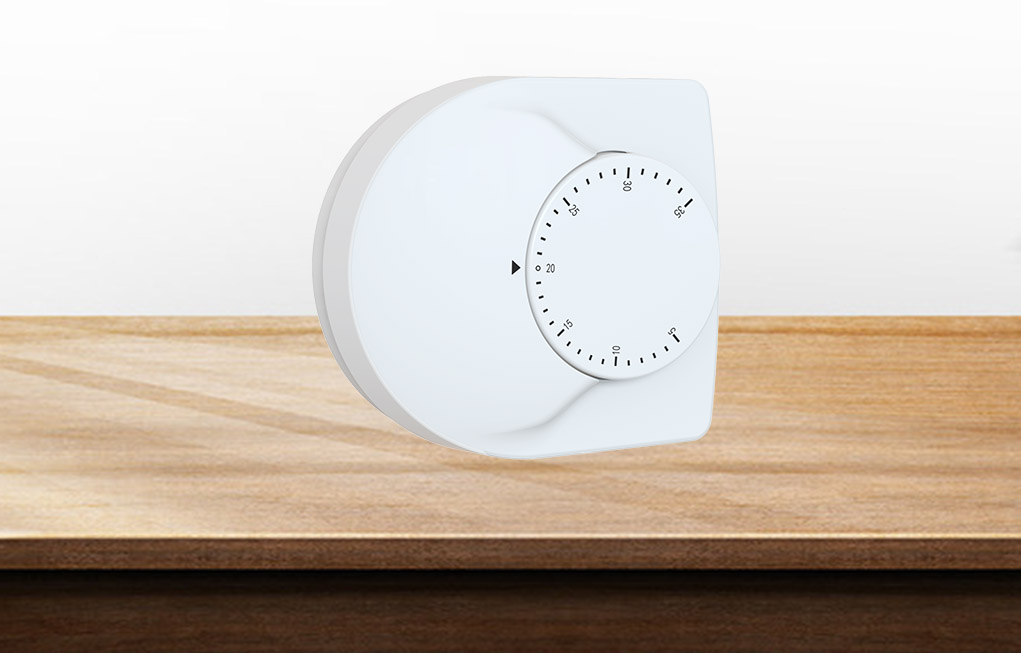 Why do people need to replace the mechanical thermostats
Why do people need to replace the mechanical thermostats
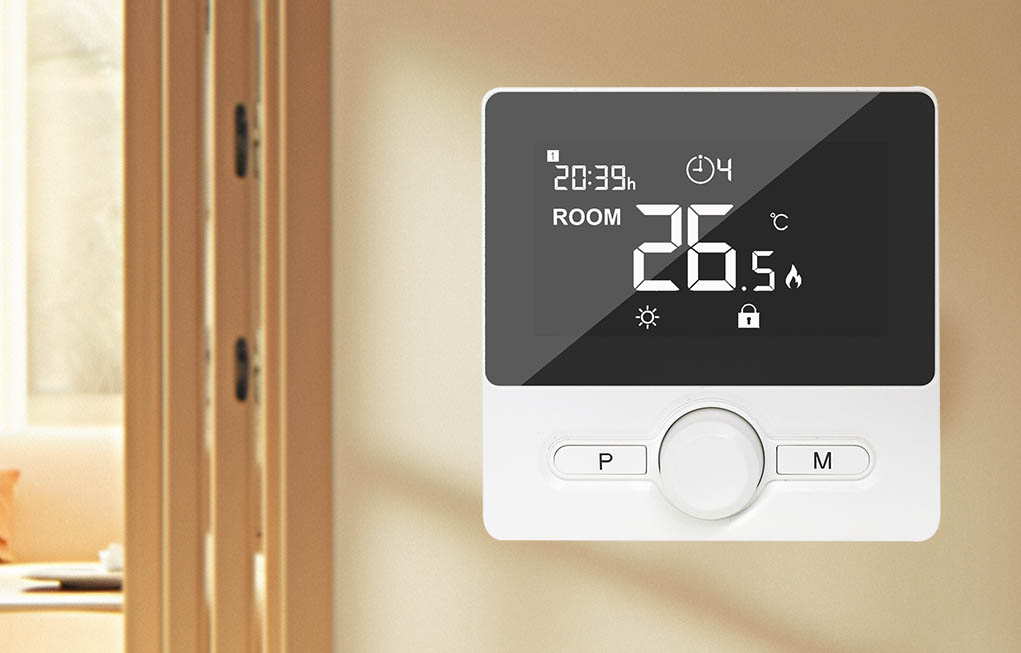 Elevate Your Home Comfort with Etop Controls' Innovative thermostat Solutions
Elevate Your Home Comfort with Etop Controls' Innovative thermostat Solutions
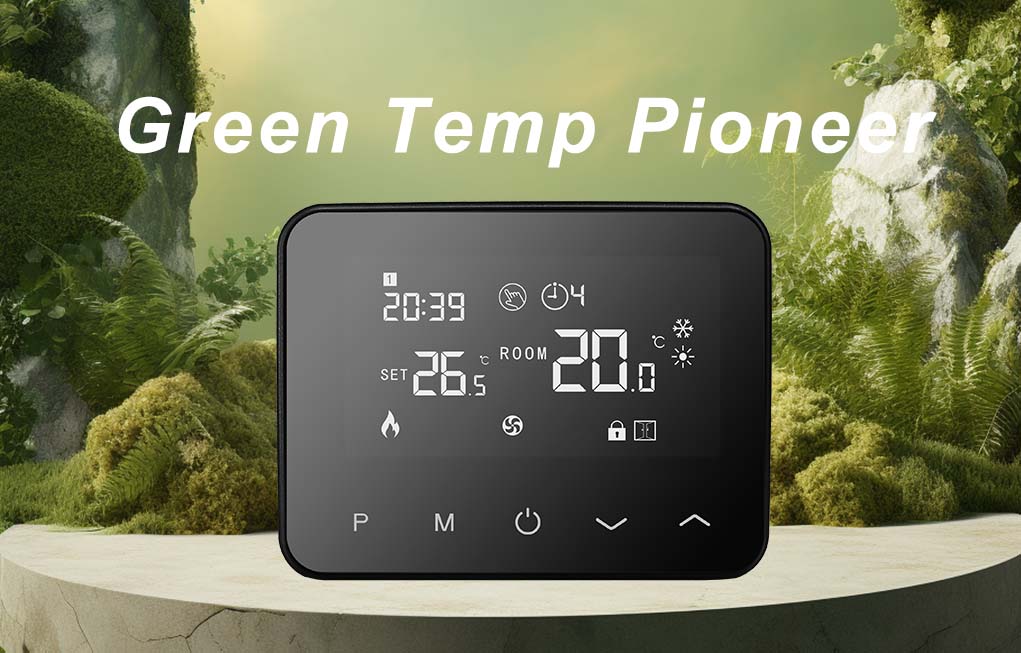 E-Top Temperature Control Leading the Global Green Revolution in Home Temperature Control
E-Top Temperature Control Leading the Global Green Revolution in Home Temperature Control
 Address:No.6 of Tong'an Industrial Park, Meixi Rd,Tong'an District, Xiamen China 361100
Address:No.6 of Tong'an Industrial Park, Meixi Rd,Tong'an District, Xiamen China 361100 Phone:+86 0592 6155792
Phone:+86 0592 6155792 Email:info@etopcontrols.com
Email:info@etopcontrols.comNever miss an offer or update. You can unsubscribe at any time.

